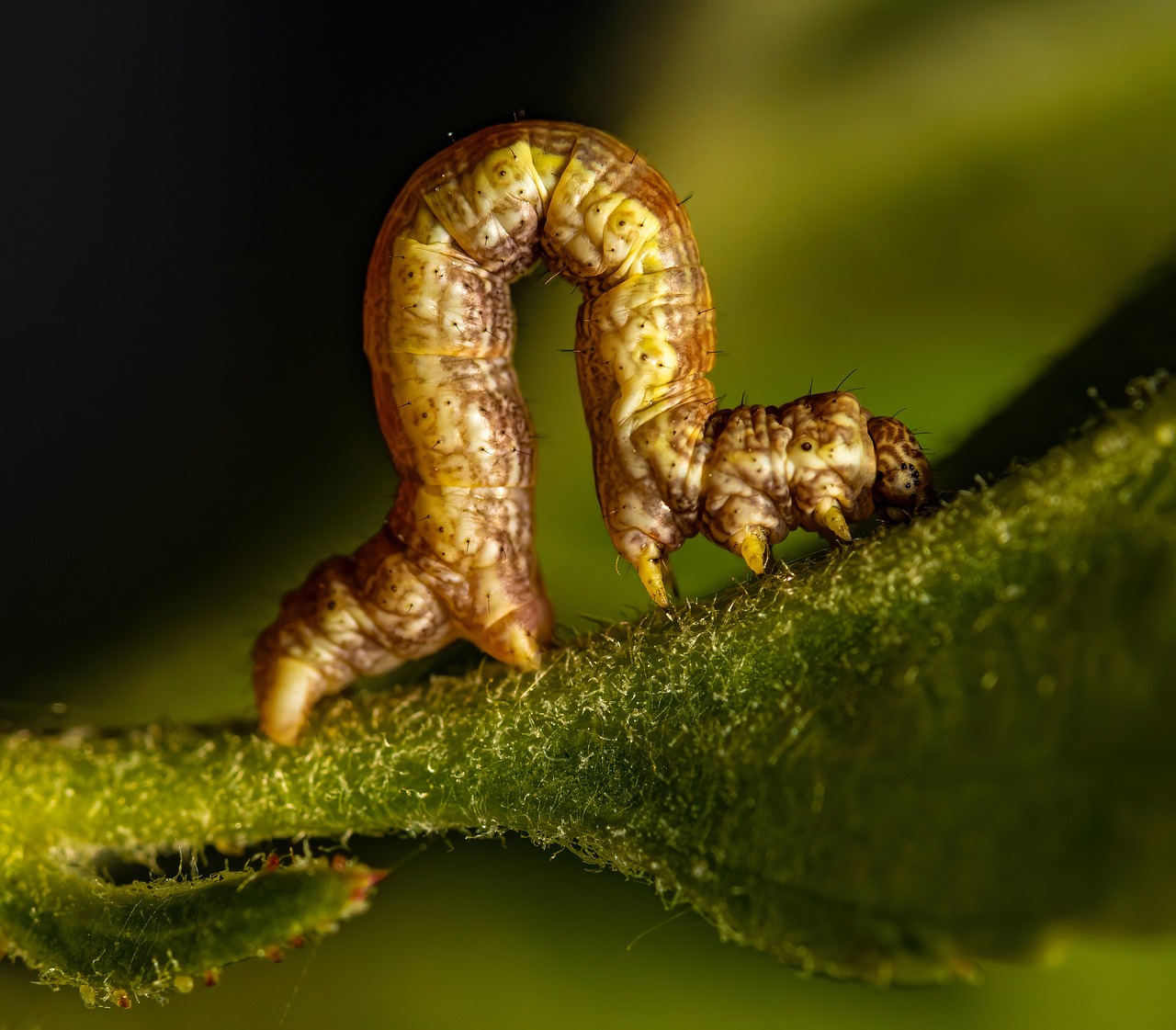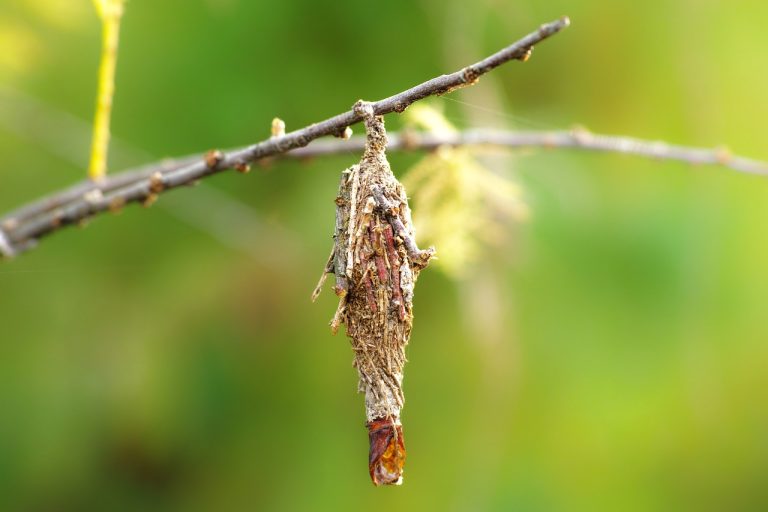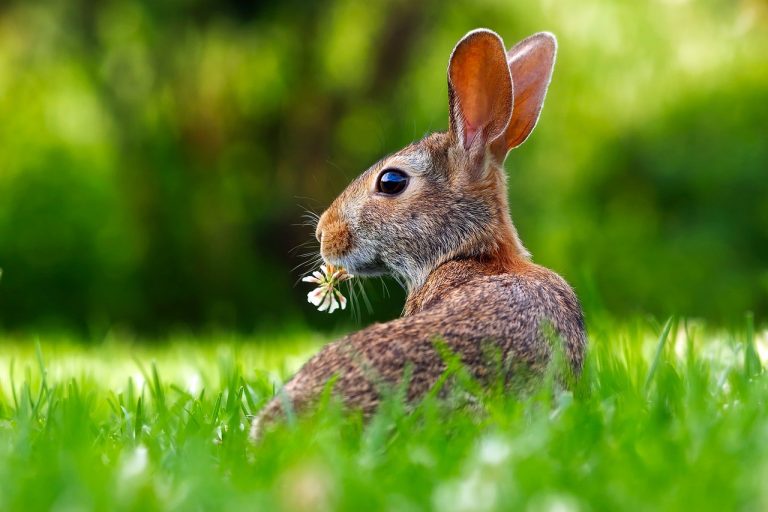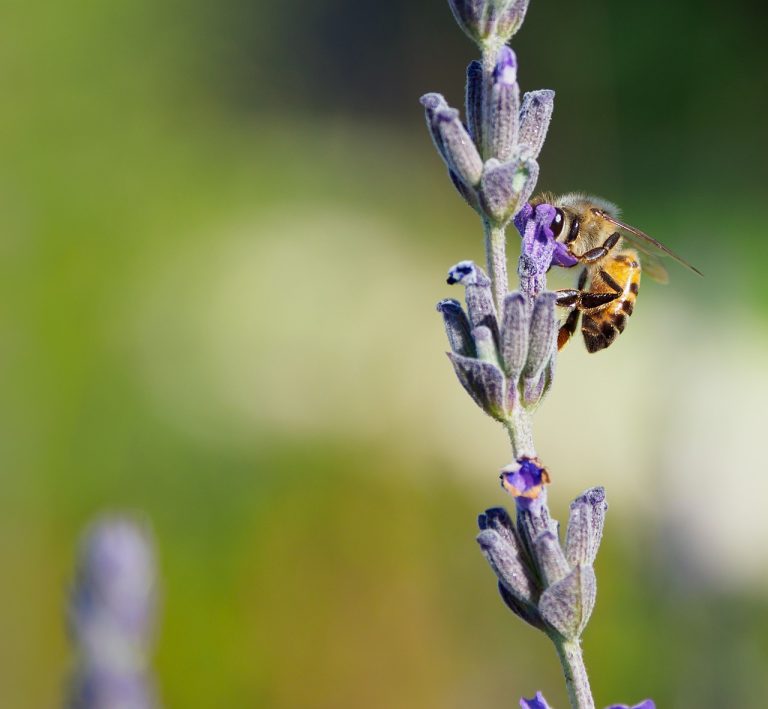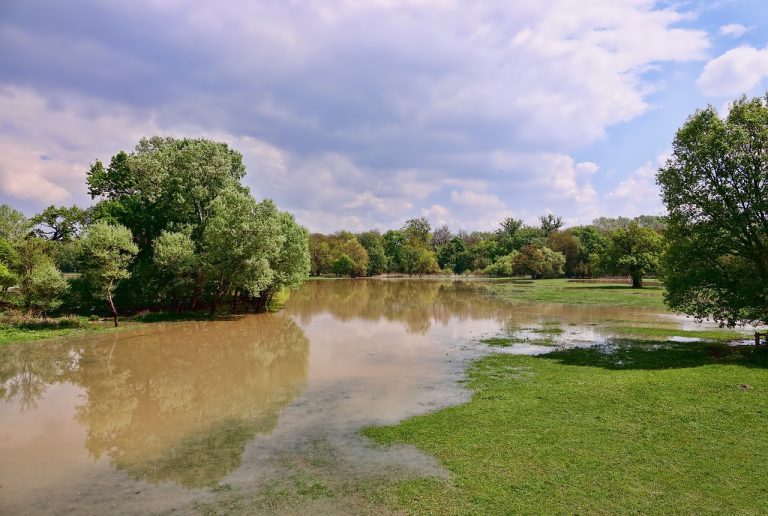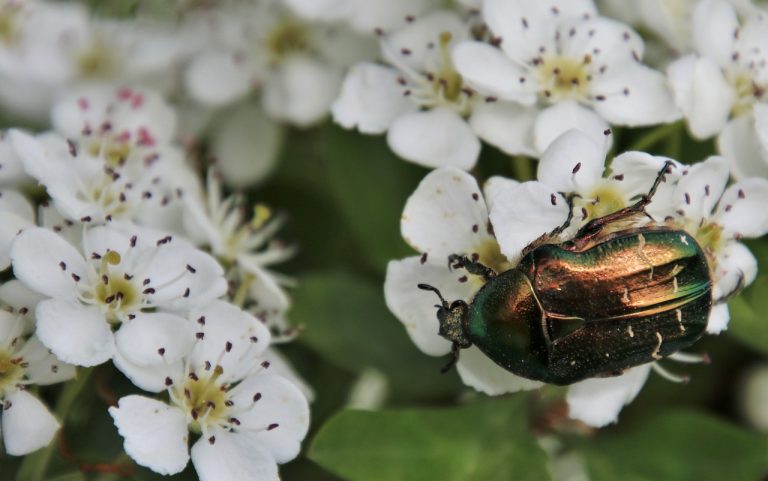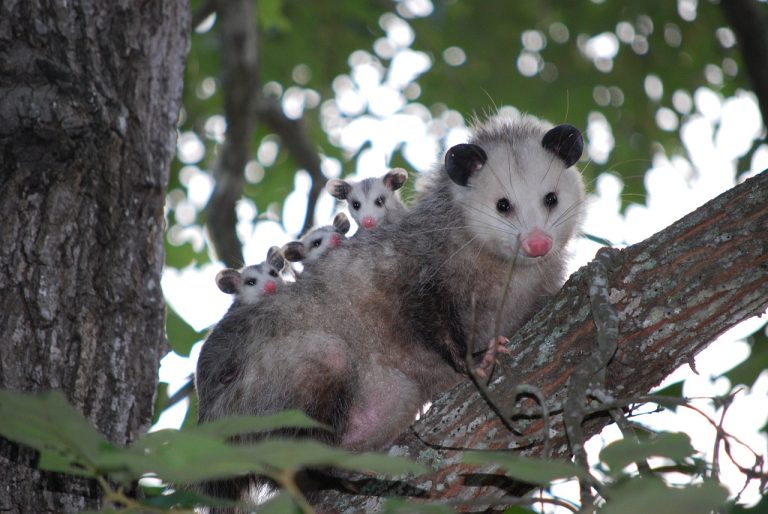WHAT DO INCHWORMS EAT
WHAT DO INCHWORMS EAT:Delicate, slender, and seemingly infinite in curiosity, inchworms traverse the lush tapestry of nature in search of their gastronomic delight. These miniature marvels, also known as caterpillars, have a discerning palate for the green wonders that abound. So, what tickles the taste buds of these enchanting inch-long explorers? Dive into the verdant realms as we unveil the gastronomic secrets of inchworms and explore the botanical banquet that fuels their remarkable journey.

WHAT DO INCHWORMS EAT?
Inchworms, also known as caterpillars, primarily feed on leaves and vegetation. These voracious eaters consume a variety of plants, including tree leaves, shrubs, and grasses. Inchworms play a crucial role in ecosystems by helping to control plant growth.
Their diet consists of tender, green foliage, and they are often found munching on the edges of leaves. Gardeners and nature enthusiasts frequently encounter inchworms as they can sometimes be considered pests due to their feeding habits. Understanding what inchworms eat is essential for managing their impact on plant life and maintaining a healthy ecological balance.
GENERAL DIET
Inchworms, scientifically known as caterpillars of the Geometridae family, are herbivores with a diverse appetite. Their primary source of nutrition comes from consuming leaves, but their diet extends beyond a mere leafy buffet. Inchworms showcase a preference for tender and young foliage, showing a fondness for plants with succulent leaves.
These voracious eaters have a keen interest in a variety of plants, ranging from deciduous trees to shrubs and herbaceous plants. Their generalist diet allows them to adapt to different environments and exploit a wide array of plant species.
SPECIFIC PLANT PREFERENCES
Despite their generalist tendencies, inchworms often exhibit specific preferences for certain plants. Commonly, they are found munching on leaves of trees like oak, maple, and birch. The diversity in their diet contributes to their adaptability in various ecosystems, making them a common sight in forests, gardens, and even urban landscapes.
Understanding these specific plant preferences is essential for both enthusiasts and those interested in managing inchworm populations, especially when their feeding habits impact agriculture and ornamental plants.
INCHWORM FEEDING BEHAVIOR
What sets inchworms apart in the realm of caterpillars is their distinctive method of locomotion, commonly referred to as “looping.” This movement is closely tied to their feeding behavior, and inchworms are known for their characteristic way of consuming leaves.
Their bodies are equipped with specialized mouthparts designed for chewing, enabling them to devour foliage efficiently. The looping motion aids in reaching different parts of a plant, allowing inchworms to thoroughly feed on leaves and buds. This feeding behavior, while fascinating, can have consequences for the plants involved.
IMPACT ON PLANTS
While inchworms play a crucial role in the ecosystem as a food source for various predators, their feeding habits can pose challenges, particularly in agricultural settings. High populations of inchworms can result in defoliation, potentially affecting the growth and health of plants.
It is essential for farmers and gardeners to be aware of the potential impact of inchworms on crops. Implementing natural control methods, such as encouraging natural predators or utilizing environmentally friendly insecticides, can help strike a balance between preserving inchworm populations and protecting plant life.
INCHWORM IN THE ECOSYSTEM
The significance of inchworms extends beyond their role as herbivores. These caterpillars contribute to the intricate web of life in ecosystems, playing a crucial role in the food chain.
ROLE IN THE FOOD CHAIN
Inchworms are a vital link in the food chain, serving as a nutritious meal for various predators. Birds, spiders, and insects like wasps and beetles consider inchworms a delectable treat. This predation helps maintain a balance in the ecosystem, preventing unchecked growth of inchworm populations.
INTERACTIONS WITH OTHER ORGANISMS
In addition to being prey, inchworms also interact with other organisms in symbiotic relationships. Certain parasitic wasps lay their eggs on inchworms, providing a form of natural control. These intricate interactions emphasize the interconnectedness of species in nature.
INCHWORMS AND AGRICULTURE
The relationship between inchworms and agriculture is a delicate one, as their feeding habits can impact crops and vegetation. Understanding their role in this context is crucial for implementing effective and sustainable management strategies.
EFFECTS ON CROPS
In agricultural landscapes, inchworms can pose challenges by feeding on crops, potentially leading to economic losses. Crops such as cabbage, lettuce, and other leafy vegetables may be particularly susceptible to inchworm damage.
NATURAL METHODS OF CONTROL
While it might be tempting to resort to chemical pesticides, exploring natural methods of control is essential for maintaining ecological balance. Encouraging natural predators like birds and predatory insects, such as ladybugs, can help keep inchworm populations in check without resorting to harmful chemicals.
ADAPTATIONS FOR SURVIVAL
Inchworms have evolved various adaptations that contribute to their survival in diverse environments. Understanding these adaptations sheds light on their resilience and ability to thrive in different ecological niches.
CAMOUFLAGE TECHNIQUES
One of the intriguing adaptations of inchworms is their ability to blend seamlessly with their surroundings. Some species mimic twigs or blend with the coloration of the plants they inhabit. This camouflage not only protects them from predators but also aids in successful foraging.
DEFENSE MECHANISMS
Despite their seemingly delicate appearance, inchworms have developed effective defense mechanisms. Some species possess tiny spines or hairs that can irritate potential predators, deterring them from becoming a meal. These defense mechanisms showcase the intricate ways in which inchworms have evolved to ensure their survival.
COMMON MISCONCEPTIONS ABOUT INCHWORMS
As with many creatures in nature, inchworms are subject to various misconceptions that can cloud our understanding of their role and significance. Let’s unravel some of these myths and clarify the reality behind these fascinating caterpillars.
CLARIFYING MYTHS
One common misconception is that inchworms are harmful pests that should be eradicated. In reality, they play a crucial role in the ecosystem, contributing to the delicate balance of nature. Recognizing the difference between harmful pests and beneficial species is essential for informed conservation efforts.
DISPELLING MISCONCEPTIONS
Another prevalent myth is that all inchworms are detrimental to plants. In truth, while some species can cause damage in high numbers, many inchworms coexist harmoniously with their surroundings, contributing positively to the ecosystem. Dispelling these misconceptions fosters a more nuanced understanding of inchworms and their ecological role.
INCHWORMS AS PETS
For nature enthusiasts intrigued by the world of inchworms, the idea of keeping them as pets may cross their minds. However, before embarking on such a venture, it’s crucial to consider the feasibility and ethical implications.
FEASIBILITY AND CONSIDERATIONS
While inchworms can be fascinating to observe, keeping them as pets requires careful consideration of their specific needs. Adequate housing, a suitable diet, and a controlled environment are essential for the well-being of inchworms in captivity. Additionally, local regulations and ethical considerations should guide decisions regarding keeping inchworms as pets.
CARING FOR INCHWORMS AT HOME
For those genuinely interested in keeping inchworms, thorough research on their dietary requirements and environmental needs is paramount. Creating a habitat that mimics their natural surroundings is crucial for their health and well-being.
INCHWORM CONSERVATION
As with many species in the natural world, inchworms face various threats that necessitate conservation efforts to ensure their continued existence. Understanding these threats and actively participating in conservation initiatives is essential for preserving the diversity of our ecosystems.
THREATS TO INCHWORM POPULATIONS
Factors such as habitat loss, climate change, and the use of chemical pesticides pose threats to inchworm populations. Addressing these issues through habitat preservation, sustainable agricultural practices, and reducing the reliance on harmful pesticides is crucial for inchworm conservation.
CONSERVATION EFFORTS
Conservation initiatives play a pivotal role in safeguarding inchworms and their habitats. Supporting organizations dedicated to insect conservation, participating in citizen science projects, and advocating for sustainable environmental practices contribute to broader efforts aimed at preserving biodiversity.
FASCINATING FACTS ABOUT INCHWORMS
Delving deeper into the world of inchworms reveals a myriad of fascinating facts that showcase their unique behaviors and characteristics.
UNIQUE BEHAVIORS
Some inchworm species exhibit interesting behaviors, such as forming silk threads to descend from plants or creating intricate patterns on leaves. These behaviors serve various purposes, including facilitating movement and deterring predators.
INTERESTING TRIVIA
Did you know that inchworms are not actually worms? They are caterpillars of moths belonging to the Geometridae family. This intriguing fact highlights the diversity and complexity of insect life.
INCHWORMS IN CULTURE AND FOLKLORE
Throughout history, inchworms have found a place in cultural narratives and folklore, symbolizing different concepts in various societies.
HISTORICAL REFERENCES
In ancient cultures, inchworms were sometimes associated with transformation and renewal, symbolizing the cyclical nature of life. References to inchworms can be found in literature, art, and religious texts, reflecting their symbolic significance.
SYMBOLISM IN VARIOUS CULTURES
In some cultures, inchworms symbolize patience and gradual progress. The rhythmic movement of inchworms, characterized by steady progression, has been metaphorically linked to the journey of personal growth and achievement.
OBSERVING INCHWORMS IN THE WILD
For nature enthusiasts keen on observing inchworms in their natural habitat, adopting responsible and ethical practices is crucial for minimizing impact and promoting a positive experience.
TIPS FOR NATURE ENTHUSIASTS
When observing inchworms in the wild, avoid disturbing their natural behavior. Maintain a respectful distance and refrain from handling them unnecessarily. Documenting observations and contributing to citizen science projects can also enhance our collective understanding of these fascinating creatures.
RESPONSIBLE WILDLIFE WATCHING
Responsible wildlife watching entails appreciating inchworms and their environment without causing harm. Capture moments through photography or sketching, leaving no trace behind. By fostering a connection with nature, we contribute to the conservation of these remarkable insects.
ENVIRONMENTAL IMPACT OF INCHWORMS
The environmental impact of inchworms is multifaceted, encompassing both positive and negative aspects. Understanding these dynamics provides a holistic perspective on their role in ecosystems.
POSITIVE AND NEGATIVE ASPECTS
While inchworms contribute positively to ecosystems by serving as a food source for various species, their high populations can lead to defoliation and impact plant health. Striking a balance between their ecological contributions and potential challenges is essential for coexisting harmoniously with inchworms.
BALANCE IN ECOSYSTEMS
The intricate balance of ecosystems relies on the interplay between species. Inchworms, with their unique behaviors and ecological roles, contribute to this delicate equilibrium. Recognizing and respecting their place in the natural order fosters a deeper appreciation for the complexity of the natural world.
Frequently Asked Questions (FAQ) about “What Do Inchworms Eat”
What is an inchworm?
An inchworm is the larval form of a moth, known for its distinctive looping movement. It belongs to the Geometridae family and is often called a “geometer moth.”
What do inchworms eat in the wild?
Inchworms primarily feed on a variety of foliage, including leaves from trees, shrubs, and plants. They are herbivores and tend to consume a range of greenery.
Do inchworms have a specific preference for certain plants?
While inchworms are generalist feeders, some species may show preferences for specific plants. Common choices include apple trees, oak trees, and various types of vegetation.
Can inchworms eat other things besides leaves?
Inchworms are primarily herbivores and have a specialized diet focused on consuming plant material. They do not typically eat non-plant items.
Do inchworms consume entire leaves or just parts of them?
Inchworms usually eat the soft tissue of leaves, leaving behind the veins and tougher portions. Their feeding behavior often results in a distinctive pattern of irregular holes on the foliage.
Are inchworms considered pests in agriculture?
Yes, some inchworm species can be considered pests as they have the potential to damage crops by defoliating plants. Large populations of inchworms may pose a threat to agricultural productivity.
What happens if an inchworm doesn’t find enough food?
If an inchworm cannot find enough food, it may become weak and may not undergo successful metamorphosis into a moth. Adequate food sources are crucial for their growth and development.
Can inchworms eat poisonous plants?
Inchworms are known to have some degree of tolerance to certain toxins found in plants. However, they generally avoid consuming highly toxic plants.
How long do inchworms typically feed before pupating?
The feeding duration of inchworms varies among species, but on average, they may feed for several weeks before entering the pupal stage, where they undergo metamorphosis.
Can inchworms be kept as pets, and what should they be fed in captivity?
While it’s possible to keep inchworms as pets, their dietary needs should be met by providing fresh, pesticide-free leaves from their preferred host plants. Regularly changing the food source is essential for their well-being.
CONCLUSION
The dietary preferences of inchworms illuminate their crucial role in the intricate dance of nature. From the delicate nibbling on leaves to their voracious appetite for greenery, inchworms contribute to the balance of ecosystems. As we unravel the mysteries of what inchworms eat, we gain a deeper appreciation for these tiny creatures and their impact on the vibrant tapestry of plant life.
Understanding their dietary habits not only aids in gardening practices but also fosters a connection with the fascinating world of these miniature foragers, reminding us that even the smallest participants play a significant role in the grand symphony of nature.

